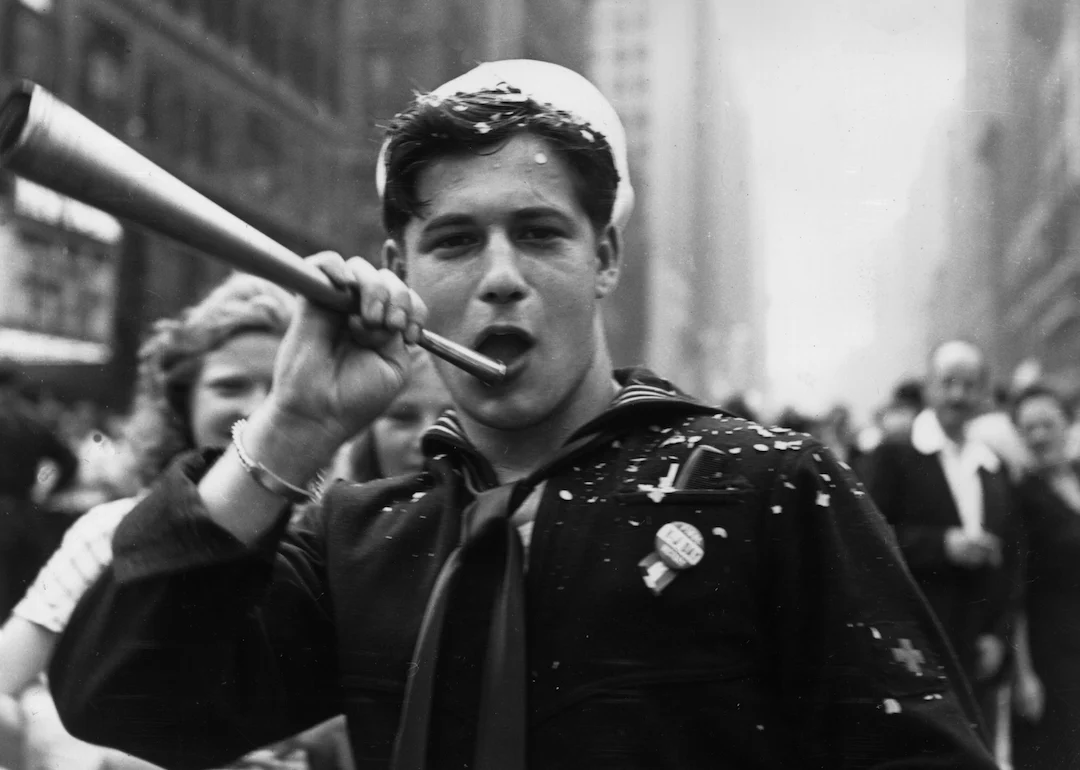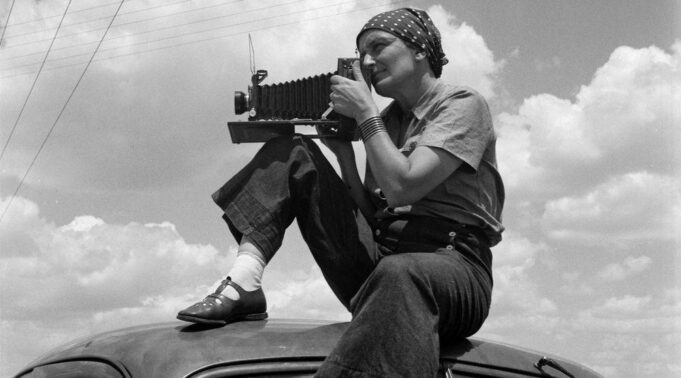The power possessed by the art and science of photography cannot be undermined. In our brave new digital world, photography’s influence is everywhere – from glossy ad campaigns to social media feeds. However, perhaps its most profound ability lies in its potential to capture and stimulate emotions.
The Power of Photography to Capture and Evoke Emotions
The unique potency of an image can convey emotions and tell stories that words may not adequately achieve. This capability is gracefully leveraged by photographers to depict heart-wrenching instances of disparities, victories and upheavals, thus creating a space for viewers to emotionally connect and empathize. Scrolling through powerful images, one can often find themselves moved, and sometimes, altered.
Role of Photographers as Agents of Social Change
Photographers are more than mere individuals behind cameras; they are visionaries using their lenses to highlight global realities and injustices. Photographers don’t just document reality – they shed light on the parts of our world that require change. Whether by capturing a poignant moment in an ongoing war or by subverting stereotypes, these “visual activists” use the power of their craft to provoke thought, inspire dialogue, and ultimately, encourage social transformation.
Historical Examples of Iconic Images

Many photographs have had a profound impact on society, drawing attention to important issues and precipitating social change. Let’s explore some of these iconic images in greater depth.
“Migrant Mother” by Dorothea Lange
During the Great Depression in the 1930s, Dorothea Lange took a photograph of a destitute woman and her children. Known as the “Migrant Mother,” this image became symbolic of the immense struggle and hardship faced by thousands during that period. The haunting gaze of the mother, radiating despair, and determination all at once spoke volumes about the bleak times. It kindled a sense of empathy among viewers and played a critical role in publicizing the dire economic conditions at the time.
“Napalm Girl” by Nick Ut
Shot in the mid of turmoil during the Vietnam War, Nick Ut’s “Napalm Girl” became a striking testament to the human cost of war. The photo captures nine-year-old Kim Phúc, running from her village, her body horribly burned by napalm strikes. Raw, shocking, and deeply disturbing, this image galvanized opposition to the Vietnam War and has since come to represent the horrors of military conflict.
“Tank Man” by Jeff Widener
Jeff Widener’s “Tank Man” is one of the most influential images in visual activism. It captures an unidentified man standing in the path of a column of tanks at Tiananmen Square in Beijing, courageously defying the Chinese government’s violent crackdown on 1989 pro-democracy protests. This photo became a powerful call for civil rights and freedom, encapsulating the individual’s power against the might of oppression.
Photography as a Tool for Raising Awareness

As we enter into our exploration of photography’s impact on social change, it’s important to first understand the role of photography in raising awareness.
Documenting Social Injustices and Inequalities
Photography has often served as a sharp and unflinching lens on societal issues, exposing injustices and inequalities that might have otherwise been overlooked or ignored. Photographers brave enough to point their cameras at these raw truths have brought attention to subjects like poverty, racism, child labor, and civil rights. Each click of the shutter has produced powerful images that confront viewers with hard realities, challenge societal norms, and stir up empathy and activism.
Bringing Attention to Underrepresented Communities
Equally significant is photography’s power to shine a spotlight on underrepresented communities. Captivating images can transcend language and cultural barriers, connecting us all on a deeply human level. It’s through these visual stories that unheard voices find recognition, understanding, and support, fueling social change. In essence, photography has helped many marginalized communities to step into the light, laying the groundwork for genuine empathy, understanding, and allyship.
Visual Activism and Its Impact
Visual activism, the use of visual media to promote social or political change, has indeed become a critical part of modern society. It serves to spotlight issues often overlooked or intentionally sidelined by mainstream narratives. Let’s further explore the tools and platforms that have expanded the reach of this activism.
Social Media and the Democratization of Photography
Social media has transformed photography from an elite hobby to a democratic platform. Today, anyone with a smartphone can capture moments and share them with millions around the world. This democratization of photography:
– Allows grassroots movements to document their own stories.
– Bridges the gap between different cultures and geographies.
– Challenges traditional media’s control over the narrative.
How Viral Images Can Ignite Social Movements
On the other hand, the virality of images allows them to resonate with larger audiences, often spurring social movements. Think of the iconic pictures from the Civil Rights Movement or recently, the image of drowned Syrian boy Alan Kurdi. These powerful images provoke empathy, create dialogue, and inspire change by visually communicating the reality of social crises.
Case Studies: Photography and Social Change

The remarkable influence of photography on social change is visible across various movements, each harnessing the power of visual storytelling to shed light on critical issues. Let’s dive into a few notable examples.
MeToo movement and the power of visual storytelling
The MeToo movement, an international campaign against sexual harassment and assault, offers a compelling lens into the indomitable capacity of visual activism. Strong, empowering images of women who’ve spoken out against their violators have permeated societal discourse, reshaping public perception of sexual harassment. Striking portraits in powerful black and white not only gave faces to the survivors but also prompted many more to share their experiences, fueling global dialogue and change.
Black Lives Matter and the impact of capturing police brutality on camera
Advocacy of racial equality and justice, as witnessed in the Black Lives Matter movement, has been profoundly impacted by photography. Confronting and mostly disturbing images of police brutality captured and shared worldwide have forced society to examine systemic racism head-on. Such images have not just sparked global protests but have also pushed for deeper discussions around systemic change in law enforcement and judicial systems.
Climate Change and the role of environmental photography
Environmental photography has played a pivotal role in highlighting the realities of climate change. Extraordinary photographs of melting glaciers, wildlife in distress, or extreme weather events evoke a strong emotional response, rallying individuals, communities, and even governments towards environmental activism. Photographs have the power to make the abstract consequences of climate change starkly real, driving home the urgency of addressing this global crisis.
Ethical Considerations in Photography for Social Change
Engaging in photography for social change involves various ethical considerations. These address not only how photography can be used to incite change but also respect for the very subjects it portrays.
Consent and the rights of subjects
A vital aspect of ethical photography involves obtaining the consent of those whose stories are being told. It’s not just a matter of legality, but of human dignity. Before clicking the shutter, it’s crucial that photographers:
-Ensure that their subjects are aware of how their images will be used and who might see them.
-Respect the autonomy and rights of their subjects, particularly in sensitive situations or vulnerable communities.
Balancing the need for documentation with privacy concerns
Another important ethical issue is respecting privacy, while still illuminating social issues. Striking this balance can be complex. While it’s essential to expose harsh realities and instigate change through impactful visuals, photographers should strive to maintain the dignity and privacy of the subjects involved. This means considering the potential implications for those photographed and being careful not to contribute to their exploitation.
The Future of Photography and Social Change

The future of photography in initiating social changes promises to be dynamic and transformative, largely driven by technological advancements and the increasing influence of photographers.
Technology Advancements and their Impact on Visual Activism
In recent years, technology has significantly transformed the landscape of photography. Developments in digital cameras and smartphones have made photography more accessible and immediate than ever before, leading to a surge in citizen journalism. Drone technology now enables capturing powerful images from diverse perspectives and previously inaccessible places, adding a new dimension to visual storytelling. Additionally, advancements in photo editing software have allowed us to manipulate reality and create emotive images, further enhancing the potential of images to create profound social impact.
Opportunities for Photographers to Continue Shaping Social Change
Photographers, both professional and amateur, are uniquely positioned to continue furthering social change. They can leverage the power of social media platforms to share powerful images that challenge status quo, spur discussions, and provoke thought. Stock photos are also increasingly used to represent diverse societal groups across an array of contexts, helping to debunk stereotypes and promote inclusivity and equality. The photographers of the future have a compelling platform and the tools to change the world, one image at a time.
Conclusion
Recap of the impact of photography on social change
Let’s take a moment to recap what we’ve discussed. Photography has undoubtedly played a significant role in social change, providing us with:
– Unprecedented visual access to global events and personal stories, compelling us to act.
– A catalyst for vital conversations on social inequalities and injustices.
– A record of historical events, reminding us of where we’ve been and how far we’ve come.
With each snapshot taken, we are reminded of the tremendous power that photography has to evoke emotions, inspire empathy, and instigate change.
Importance of supporting and amplifying visual activism efforts
As we move forward, it is crucial to remember the importance of supporting and amplifying visual activism efforts. Now more than ever, we need a lens through which to view the world. Whether it’s sharing powerful images on our social platforms or directly supporting photographers in their investigative work, everyone can play a role in ensuring that these potent visual narratives continue to be told, challenging our perspectives and driving us towards a more equitable and just society.















